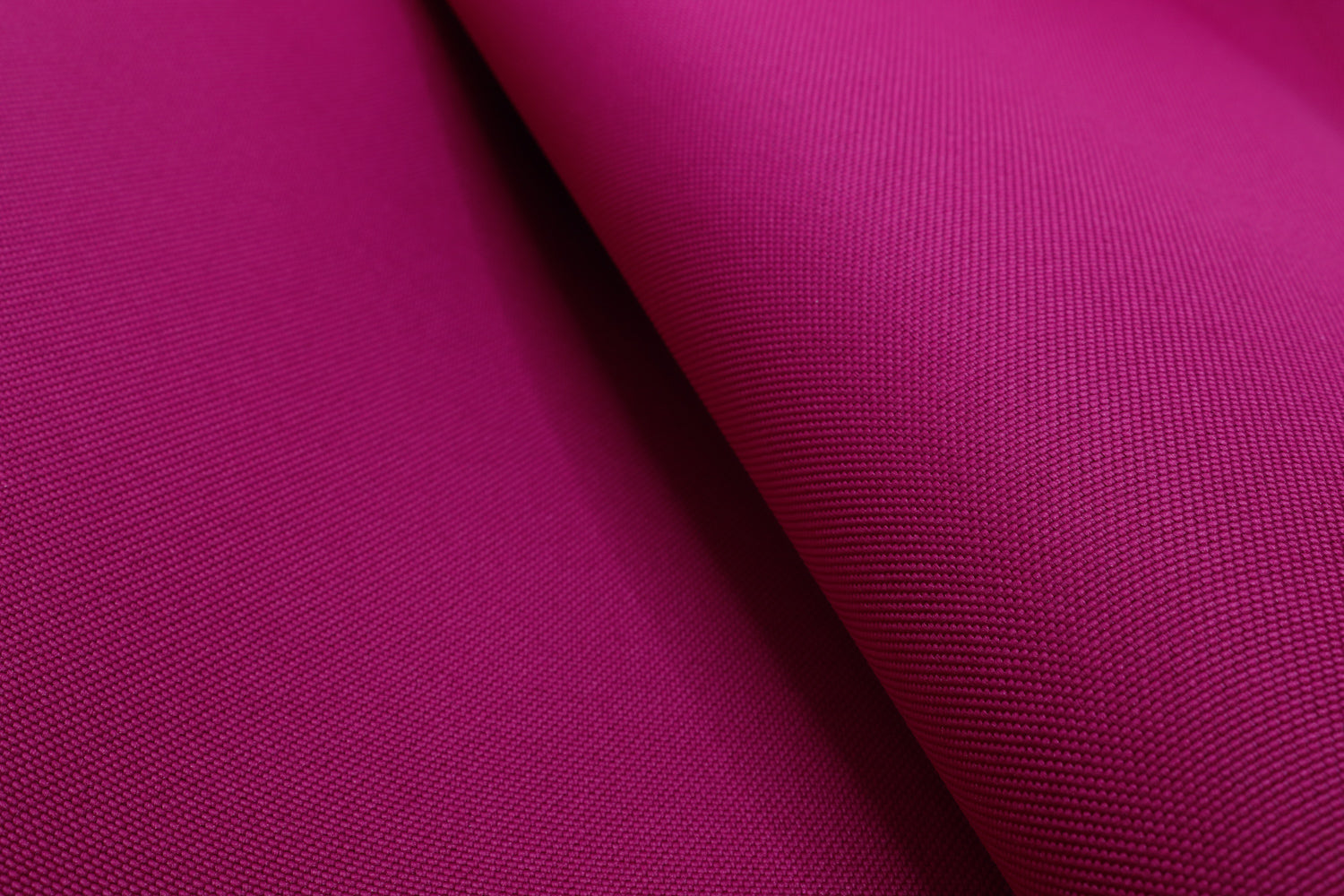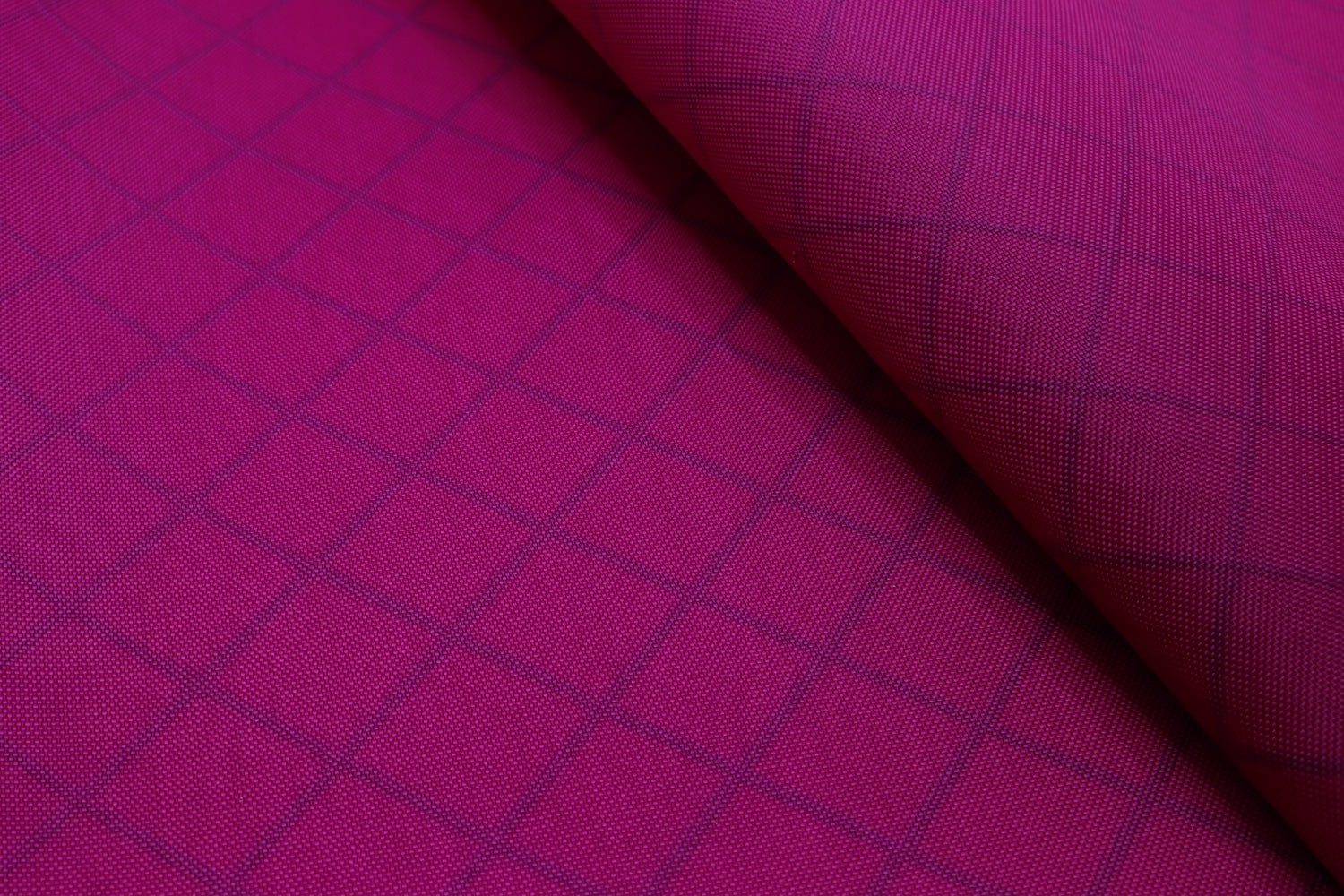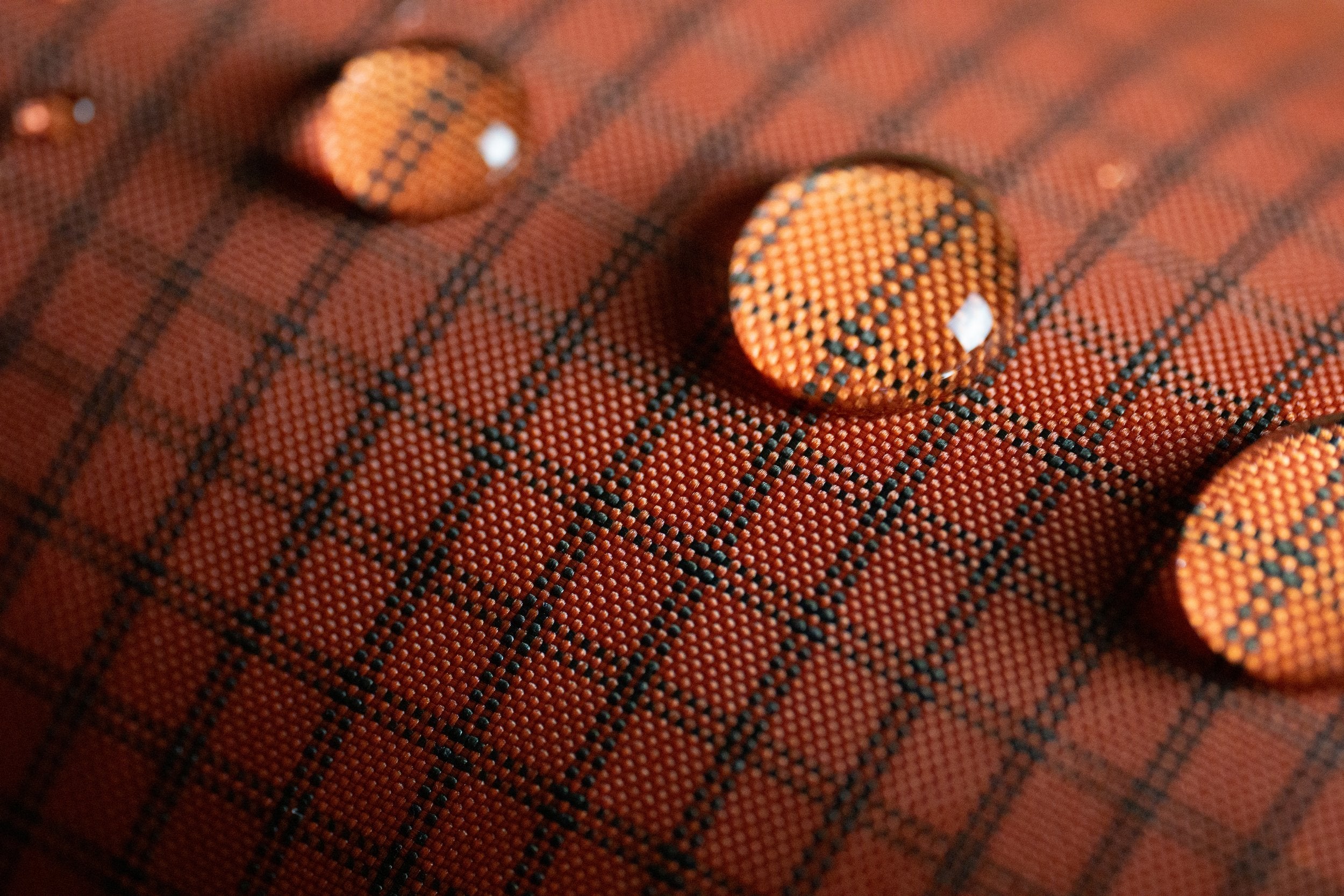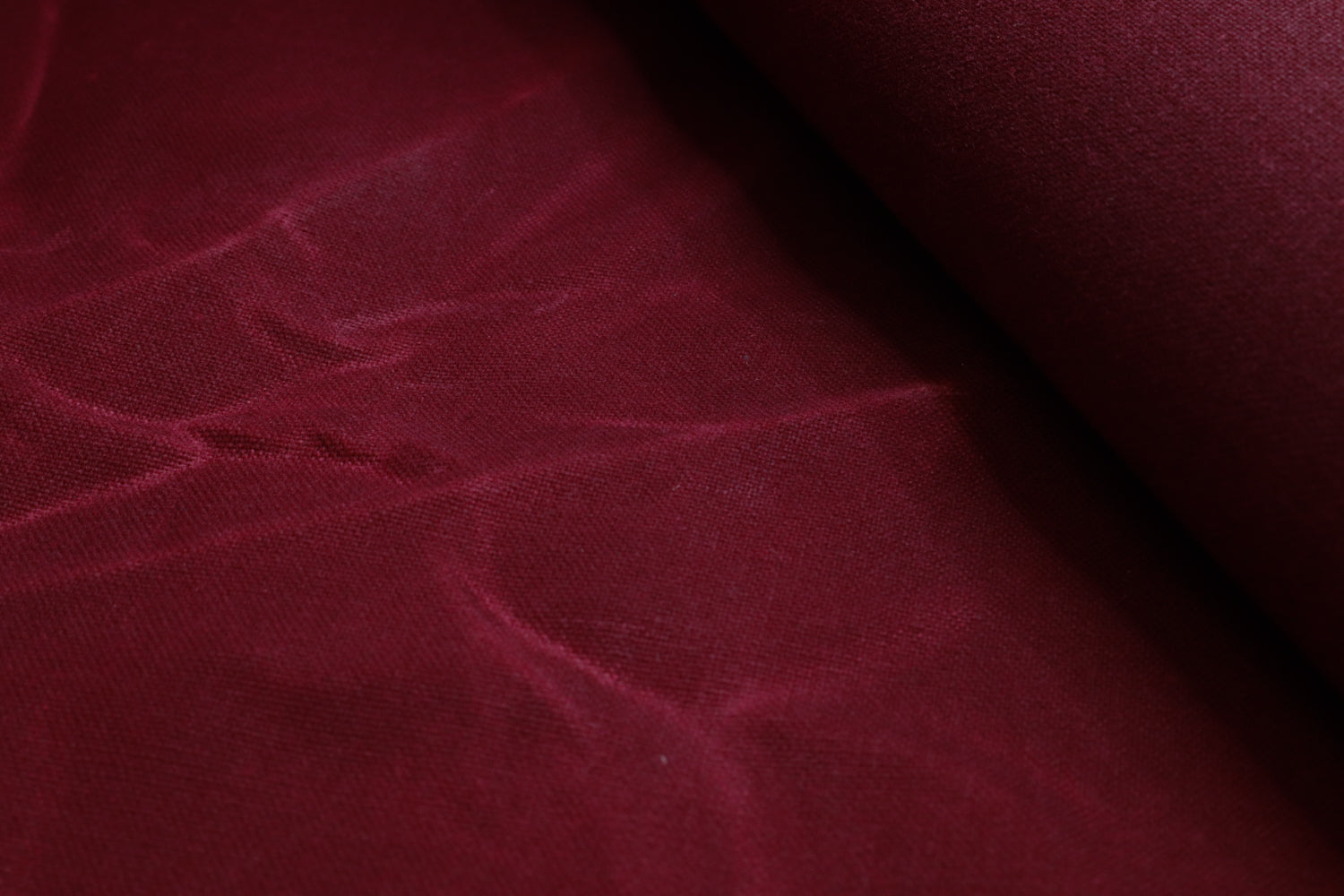How to Make Your Own Gear: The Best Outdoor and Recycled Fabrics for DIY Projects

The world of outdoor gear is evolving, with more enthusiasts opting for DIY projects over store-bought equipment. This trend isn’t just about saving money—it's about crafting high-quality, custom-made gear that meets personal needs while promoting sustainable practices. Whether it’s a durable backpack for a multi-day hike, a waterproof jacket for rainy adventures, or eco-friendly camping gear, making your own equipment allows for greater control over the materials and features.
This guide explores essential fabrics and components needed to make your own outdoor gear, focusing on high-performance materials like waterproof fabrics, recycled options, and specialty zippers such as YKK Aquaguard. Get ready to dive into the world of DIY gear-making and discover how the right materials can elevate your projects to the next level.
Why Make Your Own Outdoor Gear?
Creating your own outdoor gear offers a unique blend of practicality, sustainability, and creativity. Here are some of the top reasons why more adventurers are turning to DIY projects:
-
Customization: One of the biggest advantages of making your own gear is the ability to customize it to your specific needs. You can choose the exact dimensions, features, and materials, ensuring the final product fits your requirements perfectly. For example, if you want a lightweight yet durable tent, you can select high-quality waterproof fabric and reinforce the seams for added protection.
-
Cost Savings: While buying high-end outdoor gear can be expensive, sourcing your own materials can significantly cut costs. DIY gear-making allows you to use premium fabrics and components without paying the markup found on branded products.
-
Sustainability: Many outdoor enthusiasts are increasingly conscious of their environmental impact. Making your own gear provides an opportunity to select eco-friendly and sustainable materials, such as fabrics made from recycled plastics or upcycled textiles, which help reduce waste and lower your carbon footprint.
-
Learning and Skill Development: The DIY approach not only results in a personalized product but also enhances your skills. You’ll learn valuable techniques for sewing, fabric selection, and gear maintenance, making you more self-reliant on future adventures.
DIY gear-making is more than just a trend; it’s a movement towards conscious consumption and self-sufficiency. With the right materials and a bit of creativity, you can craft gear that performs just as well—if not better—than the products on store shelves.
Essential Outdoor Fabrics for DIY Gear
Choosing the right fabric is crucial for crafting durable and high-performance outdoor gear. Here are some key fabric types to consider, along with their applications and benefits:
-
Waterproof Fabrics: When making gear that needs to withstand the elements, waterproof fabrics are essential. Options like silnylon (silicone-coated nylon) or laminated fabrics such as EPX200 offer excellent water resistance and are ideal for tents, bags, and tarps. These materials are lightweight yet durable, providing protection against rain and wind.
-
Recycled Fabrics: For those looking to make eco-friendly gear, recycled outdoor fabrics are an excellent choice. These materials are made from reclaimed plastic bottles or upcycled textiles, reducing waste and minimizing environmental impact. They are suitable for various projects, from backpacks to sleeping bags, allowing you to make sustainable gear without compromising performance.
-
Outdoor-Specific Fabrics: Popular choices for durable outdoor projects include Cordura and EPX200 Ripstop nylon is a lightweight yet tear-resistant material, perfect for creating items like backpacks or lightweight shelters. Ultra fabrics, known for its incredible strength-to-weight ratio, is ideal for high-stress applications such as climbing gear or heavy-duty backpacks.
By selecting the appropriate fabric, you ensure that your DIY gear can handle the demands of outdoor use, whether it involves exposure to harsh weather, rugged terrain, or heavy loads.
Understanding Water-resistant, Waterproof, and Airtight Zippers
Selecting the right zippers is crucial for ensuring your DIY gear performs well in wet and challenging conditions. Here’s what you need to know about waterproof and airtight zippers:
-
Water-resistant Zippers: When making gear that will be exposed to rain, snow, or other wet environments, using waterproof zippers is essential. Zippers like YKK Aquaguard are designed with a special coating that repels water, helping to keep moisture out. They’re commonly used in water-resistant jackets, rain pants, and bags to ensure that gear remains dry.
-
Waterproof & Airtight Zippers: For gear that requires an airtight seal, such as dry bags or waterproof pouches, airtight zippers are the way to go. These zippers are designed to create a tight seal that prevents air and water from entering. Check out the selection of airtight zippers on Refasten.ca for projects where maintaining an airtight seal is crucial.
-
Choosing the Right Zipper for Your Project: When selecting zippers for your DIY gear, consider the level of water and air resistance needed. For example, a waterproof zipper is suitable for outdoor clothing, while an airtight zipper would be better for making a waterproof phone pouch or dry bag.
The right zipper can significantly improve the performance and longevity of your gear, making it more suitable for challenging outdoor conditions.
Step-by-Step Guide to Making Your Own Gear
Creating your own outdoor gear can be a rewarding project that combines creativity with functionality. Here’s a step-by-step guide to help you get started:
-
Step 1: Planning Your Project
- Begin by identifying the type of gear you want to make. Whether it's a backpack, a tent, or a waterproof jacket, define the purpose and requirements for your project. This will guide your material choices and construction techniques.
- Consider the conditions your gear will face, such as exposure to rain, wind, or rugged terrain. For high-exposure projects, prioritize waterproof fabrics and durable materials.
-
Step 2: Choosing Your Fabrics and Materials
- Select the right materials based on your project’s needs. For waterproof and weather-resistant gear, choose fabrics like silnylon or recycled polyester. If sustainability is a key factor, explore recycled outdoor fabrics that offer eco-friendly alternatives.
- For projects like waterproof bags or pouches, pair your chosen fabric with airtight zippers to ensure a secure seal.
- Sourcing your materials from a trusted supplier like Refasten.ca ensures quality and access to a wide variety of outdoor-specific fabrics.
-
Step 3: Working with Waterproof Zippers
- When using waterproof zippers, take special care in sewing and sealing.
- If you’re making gear like a dry bag, install airtight zippers for a watertight seal. Make sure to test the zipper’s performance by sealing the bag and checking for any air or water leaks before your first adventure.
-
Step 4: Assembling Your Gear
- Use durable thread and appropriate stitching techniques to sew your gear. For waterproof fabrics, use a seam sealer to make the seams watertight.
- Reinforce stress points such as corners, attachment points, and areas that bear weight (e.g., backpack straps). Double-stitching or using bar tacks can add extra strength to these areas.
- Once assembled, test your gear in a controlled environment to ensure it performs as expected. Make any necessary adjustments to improve durability or water resistance.
Creating custom outdoor gear not only gives you control over the final product but also allows you to choose materials that match your values, such as sustainability or performance.
Making your own outdoor gear is a fulfilling and practical endeavor that allows you to customize equipment, save money, and make environmentally conscious choices. By using high-quality materials such as waterproof fabrics, recycled fabrics, and specialty zippers, you can create gear that performs as well as, or even better than, store-bought options.
Start with a small project to build your skills, and as you gain confidence, take on more complex projects. Whether you're sewing a backpack, constructing a tent, or making a waterproof pouch, the right materials and techniques will help you succeed. Don’t forget to share your DIY projects with the community to inspire others and celebrate your achievements!



Leave a comment